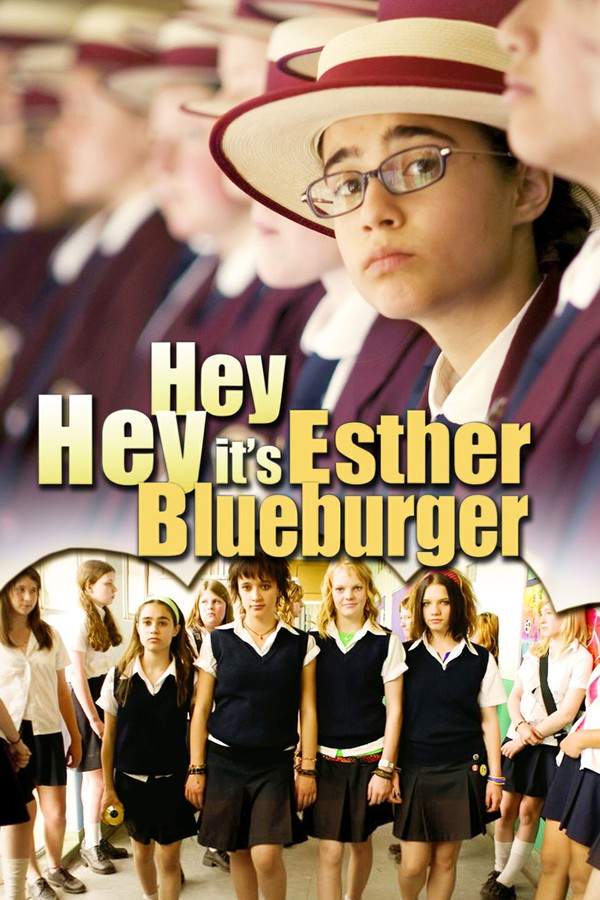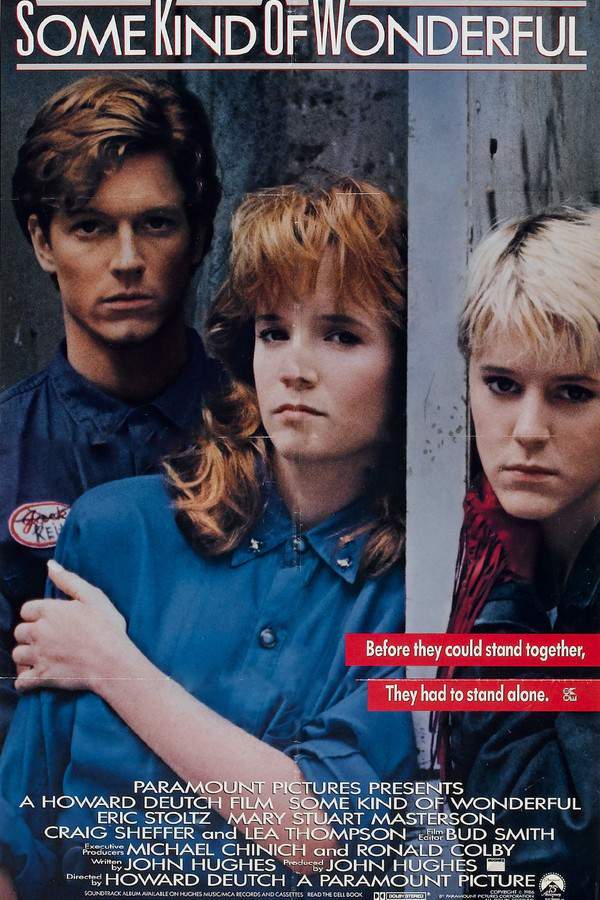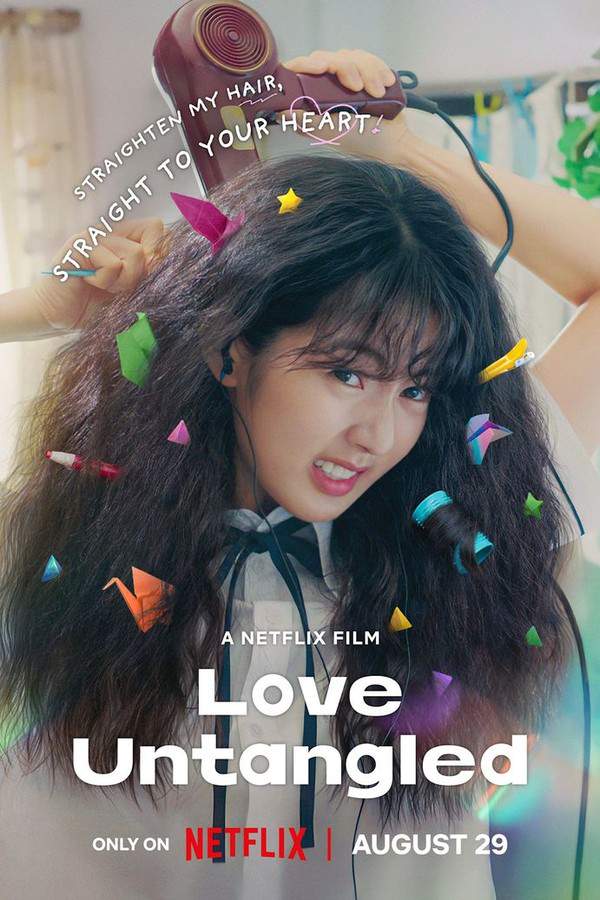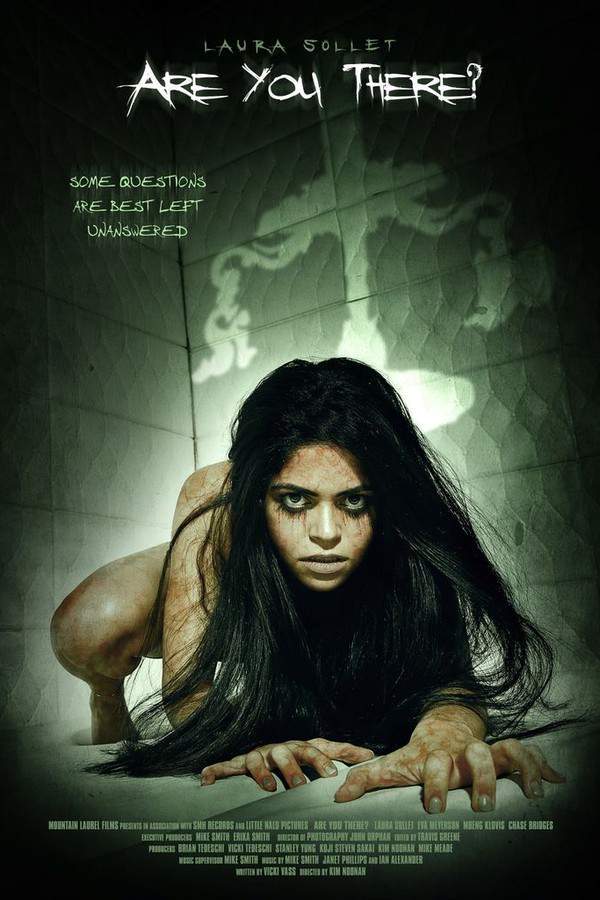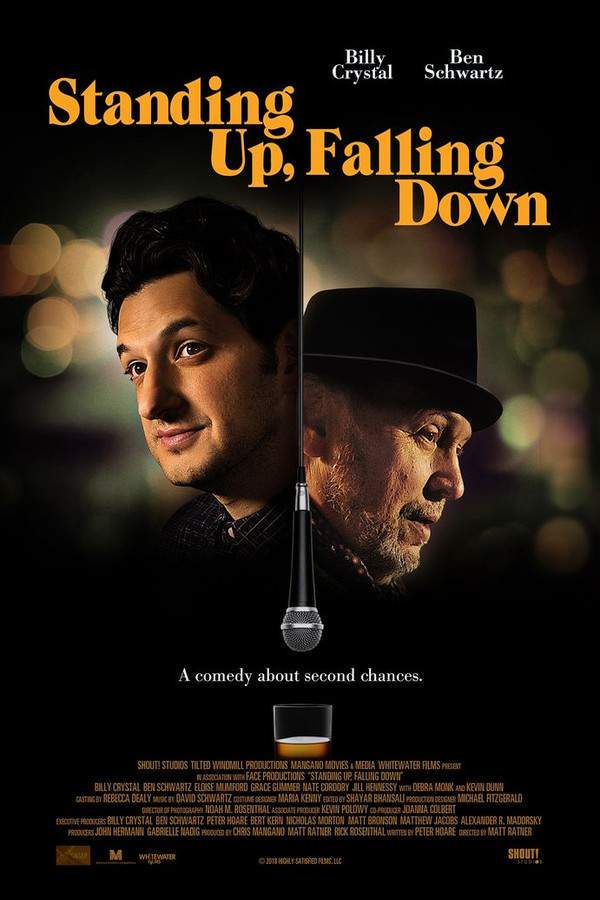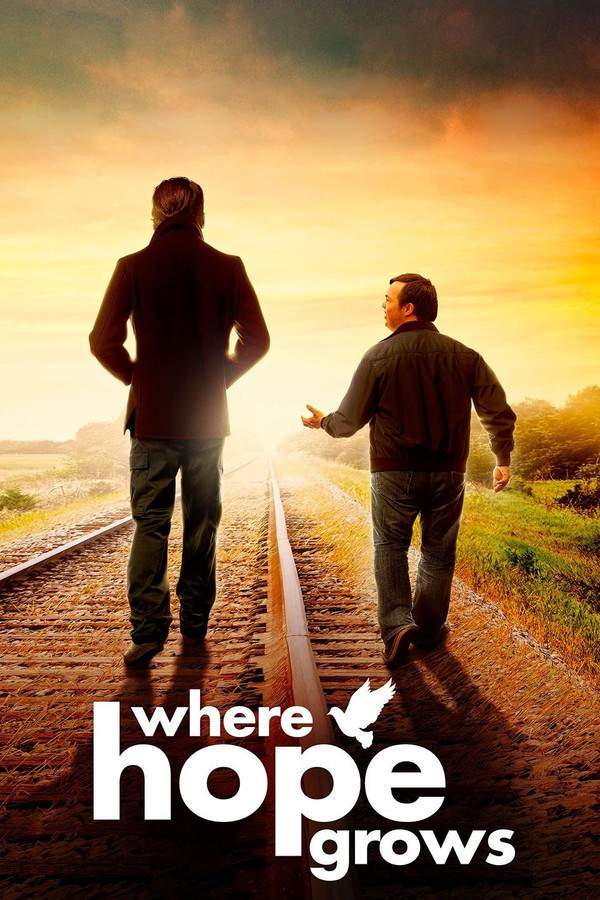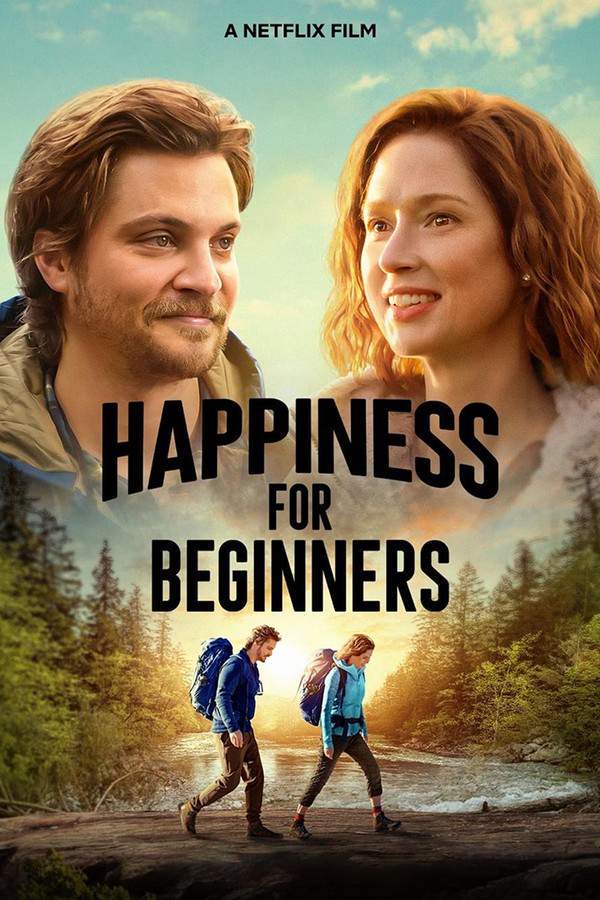
How to Build a Girl
Johanna Morrigan, a teenage girl from the Midlands, transforms herself into the confident and outspoken Dolly Wilde. She moves to London and secures a job as a music critic, driven by a desire to help her financially struggling family back in Wolverhampton. This coming-of-age story is inspired by Caitlin Moran’s semi-autobiographical novel and explores themes of identity, ambition, and family.
Warning: spoilers below!
Haven’t seen How to Build a Girl yet? This summary contains major spoilers. Bookmark the page, watch the movie, and come back for the full breakdown. If you're ready, scroll on and relive the story!
How to Build a Girl (2019) – Full Plot Summary & Ending Explained
Read the complete plot breakdown of How to Build a Girl (2019), including all key story events, major twists, and the ending explained in detail. Discover what really happened—and what it all means.
The film begins in 1990s Wolverhampton, focusing on Johanna Morrigan (Beanie Feldstein), a young girl full of dreams and ambitions. She spends her days yearning for a glamorous escape from her mundane life, inspired by the strong female heroines from the books she cherishes. Johanna lives with her family, including her aspiring rock star father Pat (Paddy Considine), her supportive but overwhelmed mother Angie (Sarah Solemani), her brothers Krissi (Laurie Kynaston), Lupin (Stellan Powell), and their twin baby brothers, along with their lively dog Bianca. Johanna’s room is decorated with posters of historical and fictional figures such as Sylvia Plath, Elizabeth Taylor, Jo March, Sigmund Freud, Cleopatra, Maria Von Trapp, the Bronte Sisters, and Karl Marx, reflecting her wide-ranging interests and aspirations.
Despite her young age, Johanna is an avid writer, often encouraged by her teachers who recognize her talent but worry that she pushes herself too hard. She is proud when one of her poems is selected for a televised poetry contest in Birmingham. Excitedly, she shares this achievement with her family, bringing them along to the event. However, her nerves get the better of her when her turn comes to recite her poem. Instead of confidently reading, she begins to ramble, making humorous comparisons between the host, Alan Wilko Wilkerson (Chris O’Dowd), and comic characters Shaggy and Scooby-Doo, even talking like a dog. The situation becomes embarrassing, with Johanna humiliating herself and her family in front of the entire school and audience.
The family’s financial situation worsens when their television gets repossessed after it’s discovered that Pat has been illegally fostering border collies and collecting disability. Johanna’s spirit dips further as she witnesses her family’s struggles. Seeing her dismay, her brother Krissi suggests she try her hand at journalism. She is directed to a local music magazine called D&ME, which is seeking critics to review rock music. With determination, Johanna (under the alias Dolly Wilde) sets out to secure a review opportunity by submitting a review of the soundtrack to “Annie.” Initially dismissed by the magazine’s staff as a joke, Johanna refuses to give up. Her persistence pays off when she is given a chance to interview a Welsh band, which sparks her love for rock music.
Eager to make her mark in the music world, Johanna dyes her hair bright red and adopts the persona Dolly Wilde. She attends her first live rock concert with the help of her father, and this experience ignites a passion for the genre. She quickly becomes involved in her school’s fan magazine club, gradually gaining confidence and experience by writing about bands and artists, including a desire to interview actual musicians. Her first interview takes place in Dublin with John Kite (Alfie Allen), where they bond over shared personal stories, hopes, and fears. Johanna falls for John, secretly harboring feelings that she expresses through her writing, praising him in her articles.
However, her bosses at D&ME dislike her overly gushy reviews, believing they lack edge. When she writes an affectionate piece on John, they fire her, but she convinces them to rehire her by promising to adopt a more aggressive and critical tone. As Dolly, Johanna begins to craft sharp, sometimes mean-spirited reviews about famous musicians, which earns her both admiration and scorn in the music community. Her newfound confidence also leads her to become more sexually self-aware, openly discussing her encounters with her friends and family, much to their concern.
Meanwhile, she receives a copy of her father’s band’s album, Mayonnaise, and is asked to participate in a photo shoot with the band, feeling conflicted about betraying her family’s music. She complies but feels guilty afterward, realizing she’s strayed from her values. Her writing garners her the “Arsehole of the Year” award, an ironic recognition of her harsh critique style. Her relationship with John begins to falter when he rejects her romantic advances, claiming it’s not his style, prompting Johanna to write a scathing review of him in retaliation. Her attitude at school becomes more rebellious, and she even blames her family for her struggles, insisting she’s the one holding them together financially.
She starts attending parties with her colleagues and receives a job offer from a local newspaper, which she accepts eagerly. But after a night of partying, Johanna overhears her coworkers mocking her behind her back. Feeling betrayed, she unleashes a fiery tirade about their immaturity and inadequacies before storming out, ending her career ambitions abruptly.
Deeply depressed, Johanna reaches a low point when she tries to harm herself. She drinks excessively, cuts her wrist, and is knocked unconscious by a falling award statue. She ends up in the hospital, where her family cares for her and forgives her past mistakes. During her recovery, she makes amends by contacting musicians she previously insulted, and writes about her struggles with self-harm for a local newspaper. Her honesty and vulnerability attract positive attention, leading to an offer from Emma Thompson (Emma Thompson) to join her publication.
The film culminates with Johanna seeking to reconcile with John Kite in person, bringing him a copy of her sister Krissi’s magazine and a lock of her hair as a symbol of her sincere apology. John forgives her, emphasizing that while a relationship might not happen soon, he values her friendship. As they walk away together, Johanna turns to the viewers and reflects, delivering her inspiring message: “The best thing a girl can do is to do something big for herself.” Her journey underscores themes of self-discovery, resilience, and the importance of staying true to oneself despite external pressures and personal setbacks.
Last Updated: August 19, 2025 at 05:12
Explore Movie Threads
Discover curated groups of movies connected by mood, themes, and story style. Browse collections built around emotion, atmosphere, and narrative focus to easily find films that match what you feel like watching right now.
Movies about awkward ambition and self-discovery like How to Build a Girl
Coming-of-age tales about finding your voice through cringe-worthy but formative mistakes.If you enjoyed How to Build a Girl, you might like these other films about young people navigating the chaotic path to finding themselves. This list features movies with similar themes of ambition, awkward growth, and the rocky journey toward building a confident identity.
Narrative Summary
Narratives in this thread typically follow a clear arc: a determined but insecure protagonist gains access to a new world (like journalism or the arts), experiences a rush of overconfidence and success, suffers a humiliating fall from grace, and ultimately learns to rebuild a more authentic and grounded version of themselves.
Why These Movies?
Movies are grouped here because they share a specific emotional mix of cringe comedy, hopeful resilience, and the earnest struggle of youth. They balance second-hand embarrassment with a sincere, uplifting belief in personal growth, creating a relatable and often comforting viewing experience.
Hopeful stories about overcoming struggles like How to Build a Girl
Stories where characters overcome family and financial struggles with resilient optimism.Find more movies like How to Build a Girl that blend emotional family dramas with an uplifting spirit. These films feature characters navigating financial hardship and personal challenges while holding onto hope, perfect for viewers who enjoy touching and resilient coming-of-age stories.
Narrative Summary
The narrative pattern involves a protagonist motivated by external pressures (like helping their family) to pursue a goal. They encounter serious setbacks that test their resolve, often touching on darker themes, but the story is structured to show how support, grit, and self-acceptance lead to a positive, earned resolution.
Why These Movies?
These movies are grouped together because they masterfully balance heavier thematic elements with an undeniable sense of hope. They don't shy away from life's difficulties but ultimately celebrate the human capacity for recovery and growth, creating a satisfying and emotionally rewarding vibe.
Unlock the Full Story of How to Build a Girl
Don't stop at just watching — explore How to Build a Girl in full detail. From the complete plot summary and scene-by-scene timeline to character breakdowns, thematic analysis, and a deep dive into the ending — every page helps you truly understand what How to Build a Girl is all about. Plus, discover what's next after the movie.
How to Build a Girl Timeline
Track the full timeline of How to Build a Girl with every major event arranged chronologically. Perfect for decoding non-linear storytelling, flashbacks, or parallel narratives with a clear scene-by-scene breakdown.

Characters, Settings & Themes in How to Build a Girl
Discover the characters, locations, and core themes that shape How to Build a Girl. Get insights into symbolic elements, setting significance, and deeper narrative meaning — ideal for thematic analysis and movie breakdowns.

How to Build a Girl Spoiler-Free Summary
Get a quick, spoiler-free overview of How to Build a Girl that covers the main plot points and key details without revealing any major twists or spoilers. Perfect for those who want to know what to expect before diving in.

More About How to Build a Girl
Visit What's After the Movie to explore more about How to Build a Girl: box office results, cast and crew info, production details, post-credit scenes, and external links — all in one place for movie fans and researchers.





